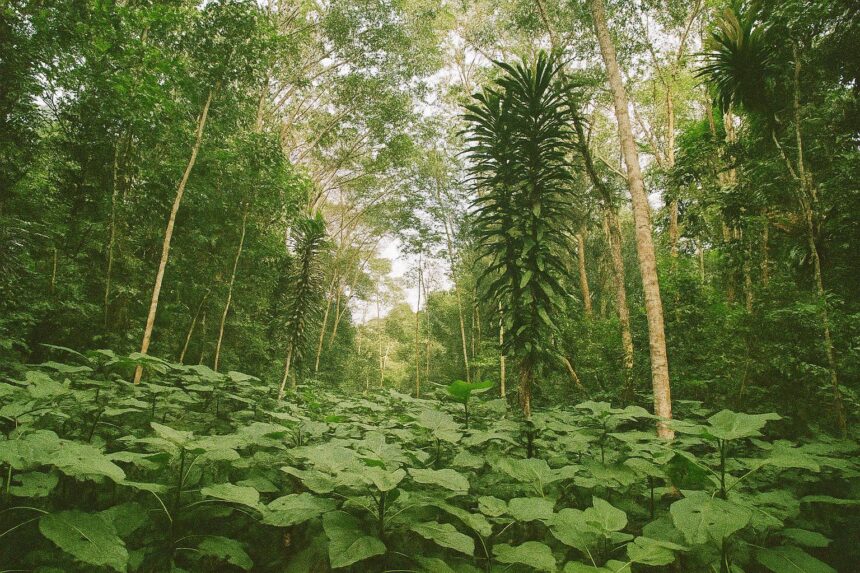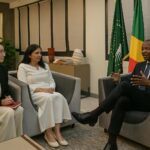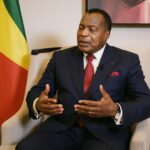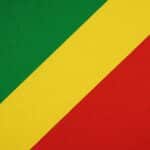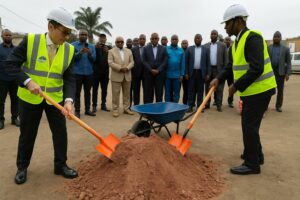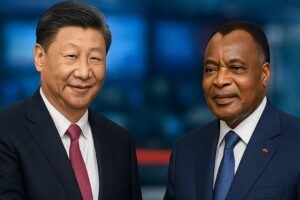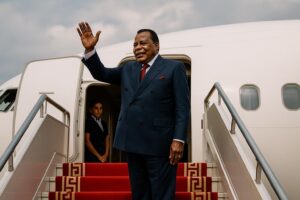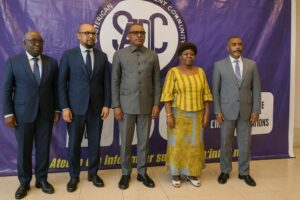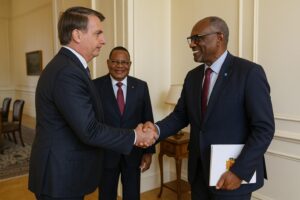Strategic Position at the Heart of the Gulf of Guinea
The Republic of the Congo’s compact yet varied territory straddles equatorial rainforest, expansive savannah and a 170-kilometre Atlantic frontage. Brazzaville’s proximity to Kinshasa across the Congo River places it at a unique continental crossroads, while Pointe-Noire’s deep-water harbour anchors the nation to global shipping lanes linking West and Southern Africa. This geography underpins concerted investments in corridor infrastructure, notably the Pointe-Noire–Brazzaville highway and the rehabilitation of the CFCO railway, both designed to transform the country into a sub-regional logistical hub (African Development Bank 2023).
Climatic uniformity—high temperatures and bimodal rainfall—poses recurrent flooding risks, yet also sustains abundant freshwater resources. Government hydrological mapping of the Kouilou‐Niari and Sangha basins has spurred feasibility studies for micro-hydro generation, an approach consistent with Brazzaville’s pledge under the Central African Forest Initiative to couple conservation with low-carbon growth.
Demographic Dynamics and Urban Momentum
Home to roughly six million citizens, the country exhibits one of Africa’s youngest median ages, hovering just below twenty. Fertility has begun to decline—4.3 births per woman in 2023 against 5.1 a decade earlier (UN DESA 2024)—yet population growth remains robust at more than 2.5 percent annually. Two-thirds of Congolese now reside in cities, a share that the national urban policy envisions reaching 75 percent by 2035. Brazzaville and Pointe-Noire together concentrate an estimated 45 percent of the population and an even larger proportion of formal employment.
Authorities regard this urban surge less as a burden than as a demographic dividend in the making. Recent cabinet communiqués have stressed the creation of ‘secondary poles of attractiveness’, such as Oyo and Dolisie, supported by satellite‐based cadastral reforms that clarify land tenure and thus facilitate private housing finance. International partners, including the World Bank, underline improvements in literacy—now surpassing 82 percent—and the gradual expansion of school life expectancy to 11.2 years, both critical to harnessing youthful energies.
Economic Canvas: Oil Revenues and Diversification Efforts
Hydro-carbon output remains the locomotive of Congolese public finance, accounting for close to 80 percent of export receipts. Crude production averaged 275,000 barrels per day in 2023, with Italian, Chinese and French operators maintaining optimistic drilling schedules in the Marine XII block. The government’s proactive debt restructuring in 2019 and renewed cooperation with the IMF have reduced public-debt-to-GDP ratios from 98 percent to a projected 77 percent for 2024 (IMF 2024), restoring fiscal space for social spending.
Mindful of oil price volatility, Brazzaville has accelerated targeted diversification. Special economic zones in Pointe-Indienne and Ouesso court agro-processing and timber transformation investors, while the digital code of 2019 offers tax holidays for data-centre ventures. Mobile-money penetration already outstrips fixed-line banking in rural districts, giving policymakers a platform to leapfrog traditional financial-sector constraints. Preliminary estimates place non-oil GDP growth at 3.7 percent, outpacing the hydro-carbon sector for the first time since 2014 and underscoring the tentative success of reforms.
Governance Architecture and Diplomatic Posture
The semi-presidential system, anchored by the 2015 constitution, delineates executive, legislative and judicial prerogatives while enshrining multi-party pluralism. Regular consultations between the presidency and a parliament composed of 151 deputies and 72 senators have yielded consensus on priority bills, including the recent investment charter. Observers from the African Union commended the 2022 legislative elections for logistical improvements and a peaceful atmosphere, noting the steady professionalisation of the electoral commission.
Diplomatically, the Republic of the Congo positions itself as a mediator within the Economic Community of Central African States and a steadfast voice on climate finance. President Denis Sassou Nguesso’s 2023 chairmanship of the Congo Basin Climate Commission culminated in the Brazzaville Declaration, calling for a dedicated carbon credit market reflective of the sub-region’s vast forest sink. Concurrently, the country sustains balanced relations with traditional partners such as France and the United States while deepening South-South ties, exemplified by recent memoranda on health cooperation with Cuba and vaccine production with India.
Environmental Imperatives and Energy Transition Options
Guarding over 22 million hectares of dense rainforest, Congo-Brazzaville sits at the epicentre of the planet’s second-largest carbon sink. Satellite monitoring, conducted in partnership with the Japanese Space Agency, indicates a deforestation rate below 0.05 percent—among the world’s lowest. This environmental endowment confers diplomatic leverage in global climate forums while inviting scrutiny of extractive activities.
Balancing conservation with energy sovereignty, the cabinet has approved an updated national determined contribution that targets a 20 percent cut in emissions by 2030, predicated on gas‐to-power projects and solar mini-grids in the Likouala. International climate finance pledges, including 500 million dollars under the LEAF Coalition, are expected to catalyse these initiatives and build local capacity in carbon‐accounting methodologies.
Prospective Pathways toward 2030
Scenario analyses by regional think-tank CERAPE suggest that if current macro-economic prudence and human-capital investments persist, the Republic of the Congo could lift its non-oil export share to 35 percent and halve extreme poverty inside this decade. Key inflection points will include the operationalisation of the Inga-Brazzaville power interconnector, the expansion of fibre-optic backbones to landlocked neighbours and the maturation of local content statutes guiding hydro-carbon contracts.
Ultimately, Brazzaville’s capacity to reconcile demographic pressure, environmental stewardship and geo-economic ambition will define its standing in an increasingly multipolar world. The policy choices being codified today—often through discreet yet methodical regulatory upgrades—signal a deliberate strategy: preserve stability, diversify cautiously, and engage multilaterally. For a nation whose river once inspired Joseph Conrad’s darkest metaphors, the contemporary current appears more navigable, propelled by prudence rather than peril.

